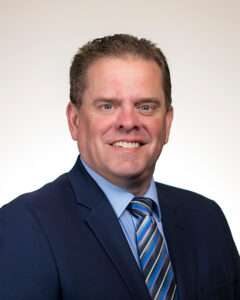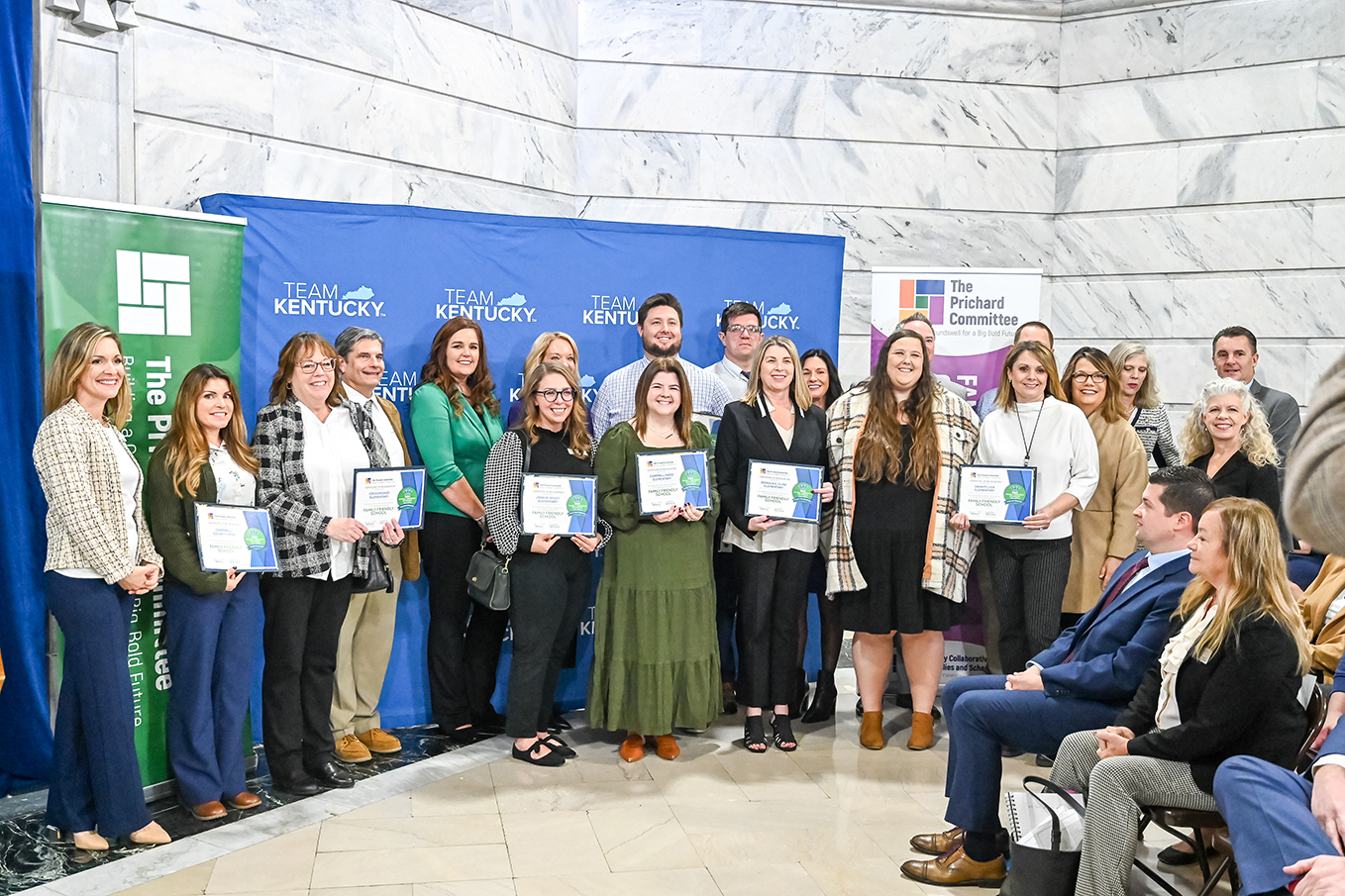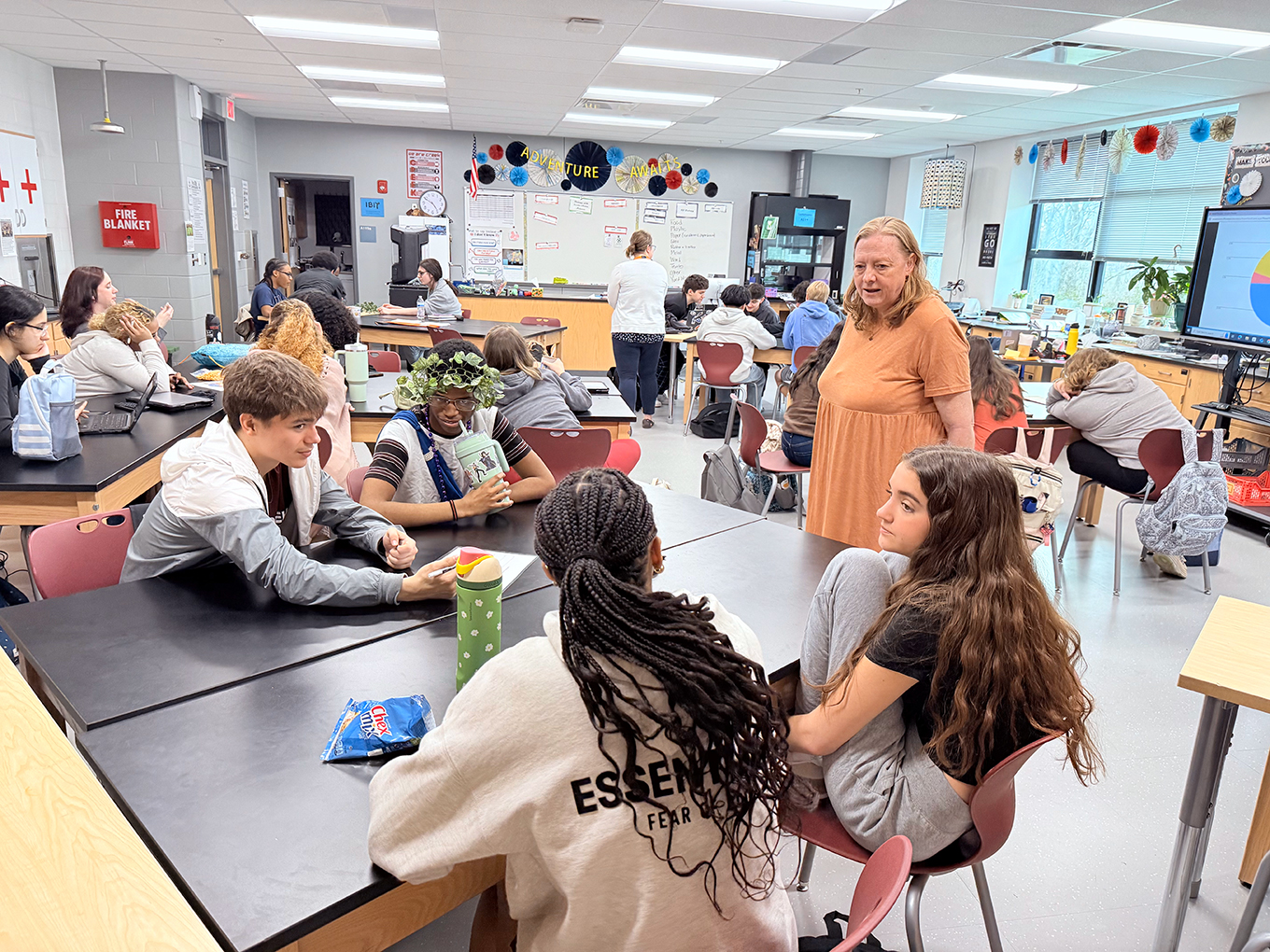“When you know your why, you will know your way.” – Michael Hyatt
Have you ever participated in an initiative to transform an education system or school that wasn’t successful? Then at some point during the initiative evaluation process, a list was made of the reasons why it wasn’t successful that included:
- Poor implementation of strategies;
- Ineffective strategies;
- Leadership change;
- The rules for accountability changed; or
- Lack of funding.
While there’s a natural inclination to blame an initiative’s failure on these “what” and “how” issues, the reality is that they are all secondary causes of failed transformation.
Always at the foundation of derailed transformation efforts are two underlying factors:
- Failing to bring the right people to the table to design the change (the WHO of the transformation); and
- Failing to determine the reason you are making the change (the WHY of the transformation).
If you get these wrong, it doesn’t matter how well the plan is implemented plan. It won’t be sustainable and what isn’t sustainable is never successful.
The WHO
Truth be told, most education transformation efforts are done TO students, teachers and communities rather than with students, teachers and communities. There’s a long and incorrectly held belief that only schools or school districts know what’s best for students.
To achieve lasting and sustainable change, you must replace this belief with a design process that starts with the WHO. Your design partners must comprise a coalition within your local community inclusive of all stakeholders. If the stakeholders who will be impacted by the transformation are not actively engaged in the change, it will be impossible to accurately determine your WHY.

David Cook
In Kentucky, we are in the midst of an exciting transformation effort called United We Learn. Central to its success is the belief that meaningful transformation occurs when the transformation is co-created with communities, educators and students versus designed without the input of those most affected.
For over three years, we have successfully engaged with communities in 18 school districts, building new systems of learning, assessment and accountability using a design process with four key habits: inclusion, empathy, co-creation and reciprocity.
Transformation is unlikely to succeed if it is not built on these four precepts. This doesn’t simply mean inviting all stakeholders to the table; you must authentically engage all stakeholders at the table.
One of the early benefits of United We Learn that we experienced in Kentucky was we followed these necessary principles to create the WHO, and that allowed us to determine the correct WHY for our transformation. This is allowing us to formulate the best set of strategies (the WHAT) required to create the shifted path to success, which is much simpler to implement (HOW).
An important added benefit of the United We Learn design process is this way provides a methodology that isn’t as affected by leadership change or politics. Once an inclusive, local and committed coalition is in place and co-creating with the school system, new leadership isn’t as concerned with changing course and will be more likely to carry on to the next level of progress.
So, we’ve established the WHO. The next question is WHY do you want change?
The WHY
While previous education transformations have failed to produce the results we wanted in raising test scores and closing achievement gaps, I propose the reason we haven’t been as successful as we would like is our focus has been misplaced. We have been focused on correcting outputs. In other words, our focus has been on trying to fix problems after they have occurred.
What if we focused on the appropriate inputs necessary to creating a better environment where all students can thrive and learn?
We need every school and school system across the nation to begin its transformation journey spending their energy and resources on creating the right WHO and WHY. These two components must be in place before attempting the WHAT and HOW of transformation. Then, and only then should their attention be focused on the things that have the greatest opportunity to build learning environments where success can be achieved for every student using the four principles.
Can you imagine it?
The shift to this INPUT philosophy is actually the missing piece to what our transformation efforts need to attain better outcomes and close gaps. Success comes when committed groups of people in every unique community come together to determine WHY their kids deserve improved learning environments.
Sharing our collective expertise and effectively collaborating to build a better ecosystem for students to succeed – rather than dredging the old one – is the path forward. That’s where their future is.
David Cook is the director of innovation in the Kentucky Department of Education (KDE) Office of Continuous Improvement and Support, Division of Innovation. Opinions expressed are his own.




Leave A Comment